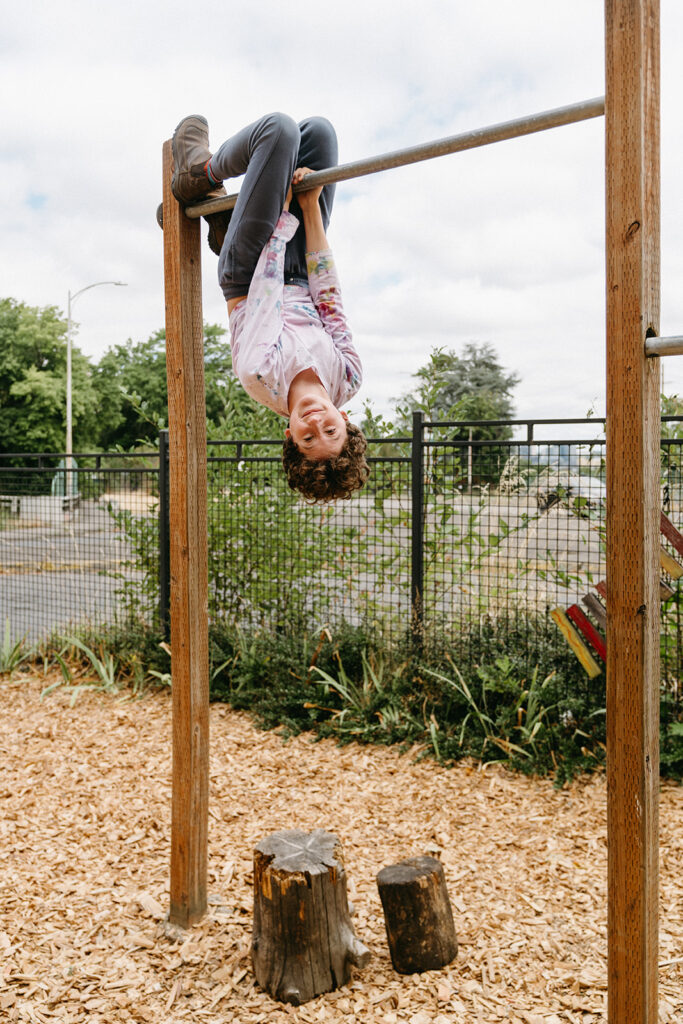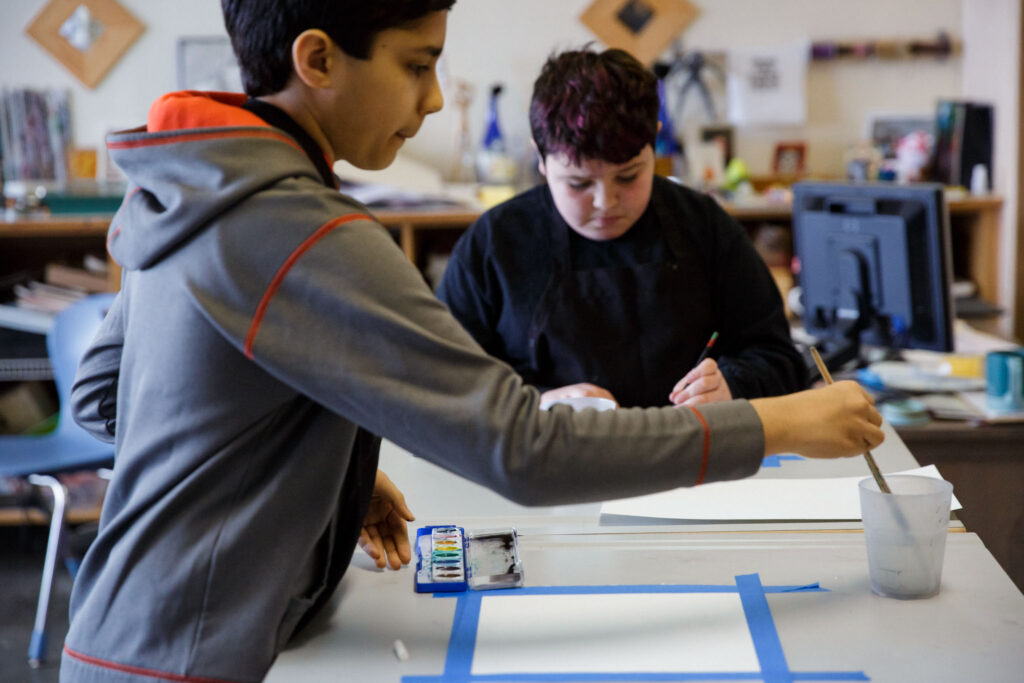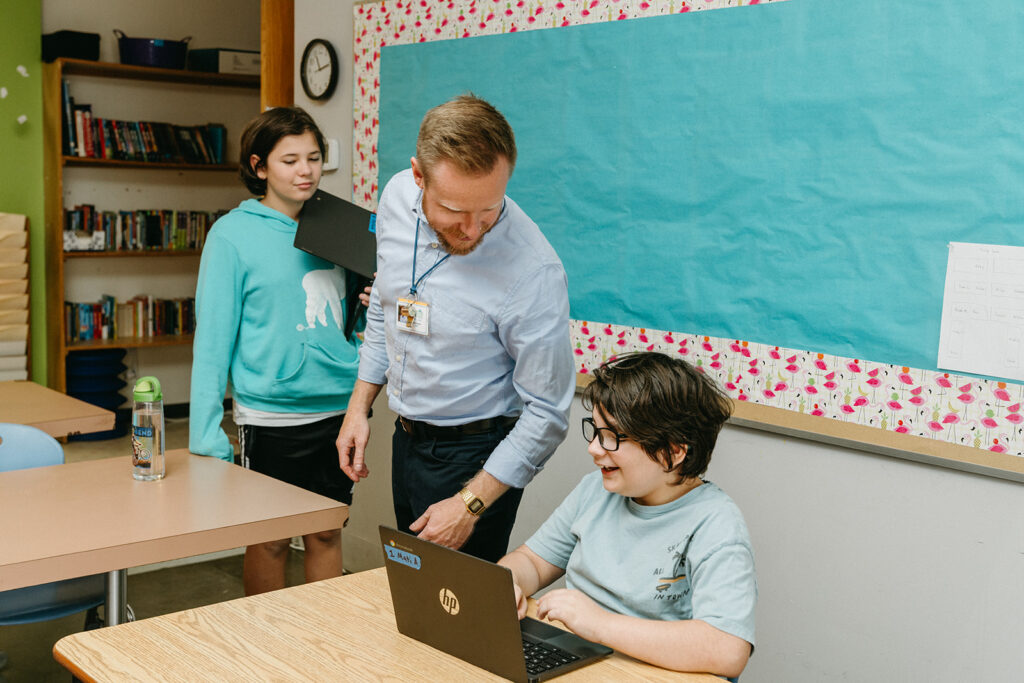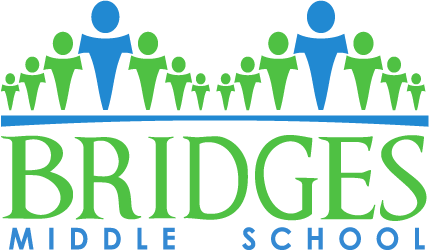Bridges means a fresh start. It also means to reach your goal. It has helped me feel better about myself.
Andy, 7th Grade

Learning Differences
One in seven Americans has some type of learning difference, sometimes called learning disabilities, according to the National Institutes of Health. Difficulty with basic reading and language skills are most common. Reading problems are also reported in as many as 80 percent of students with learning differences.
Learning differences are neurological in origin and affect the processing of information, not cognitive functioning.
Many of our students have multiple learning differences that hamper their ability to learn in more traditional educational settings. Common learning differences include, but are not limited to:
- Anxiety
- Attention deficit hyperactivity disorder (ADHD)
- Attention deficit hyperactivity disorder (ADD)
- Autism (and Asperger’s syndrome)
- Auditory and visual processing disorders
- Dyscalculia
- Dysgraphia
- Dyslexia
- Nonverbal learning disabilities

Bridges collaborates with parents and providers in the fields of education, behavior, and mental health. Our teachers help students recognize their strengths, and encourage them to pursue their interests, such as cooking, music, games, or fitness, in order to build confidence, increasing success in all other areas of school. Bridges creates clear routines to help students learn to structure both their time and work spaces, and improve executive functioning. With small classes and an engaged faculty, Bridges students gain the academic, social, and self advocacy skills necessary to succeed both in school and in life.

Bridges Creates Routines and Structure.
Students with learning differences often experience severe disorganization. Often, they need ways to structure both time and space. Bridges creates clear routines and schedules for what needs to be done when, and set up easy-to-use binders and work spaces to promote clarity and organization.
Bridges empowers students to make choices about their learning.
Because students with learning differences find school difficult, students may have a hard time making decisions about what they want to do. Bridges puts the power in their hands by encouraging them to do things they love and that make them feel empowered—such as cooking, building something, or making their own movie.
Bridges partners with parents and expert providers.
Bridges’ counselors and teachers work in collaboration with family providers in the fields of education, behavior, and mental health. We work in partnership with parents and providers to best support our students to thrive in school—and in life—becoming their best selves.
Bridges provides academic and social support.
An important component to ensuring the success of each student at Bridges Middle School is to have faculty who fully understand the developmental characteristics and unique learning needs of middle-school students. Bridges is fortunate to have a professional, creative, knowledgeable and caring staff. The teaching and counseling team at Bridges Middle School meets each student where he or she is academically and socially. In small classes, Bridges’ students do more than learn to cope with their learning differences. They gain the academic, social and self-advocacy skills necessary to succeed in school – and life.
Student Learning Differences
- 20% Depression, OCD and/or Tourette Syndrome
- 40% Auditory, visual and/or sensory processing difficulties
- 85% ADHD/ADD, anxiety and/or executive function difficulties
- 45% Specific learning differences in reading, math, and/or writing
- 25% Autism spectrum Level 1 (Asperger’s)

